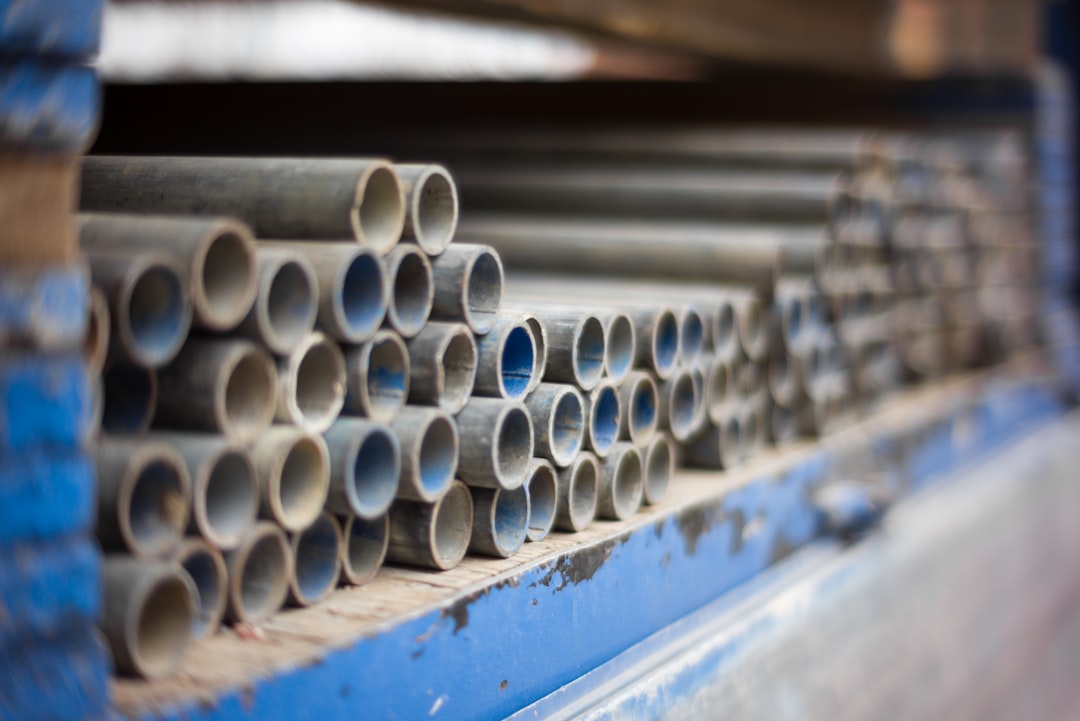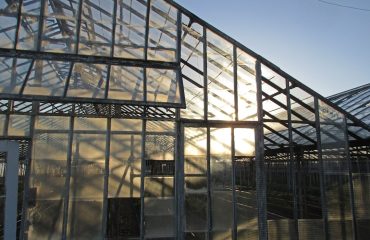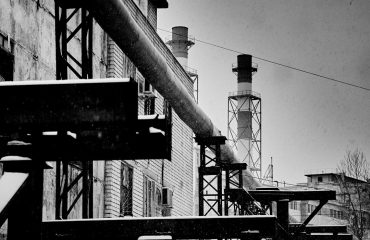The unseen infrastructure beneath our feet – water and gas pipes – plays a vital role in our daily lives. Their reliability and safety are paramount, demanding stringent quality standards throughout their lifecycle, from manufacturing to installation and maintenance. This comprehensive guide delves into the critical aspects of ensuring these pipelines meet the highest standards, preventing leaks, explosions, and ensuring the long-term integrity of our essential services.
Material Matters: Choosing the Right Stuff for Water and Gas Pipes
The choice of material significantly impacts a pipe’s lifespan, durability, and resistance to corrosion. For water pipes, common materials include copper, PVC (polyvinyl chloride), CPVC (chlorinated polyvinyl chloride), polyethylene (PE), and ductile iron. Each offers unique properties: copper is known for its durability and resistance to corrosion, while PVC and CPVC are cost-effective and lightweight. PE pipes are flexible and ideal for complex installations, while ductile iron offers high strength for high-pressure applications. Gas pipes, due to their higher pressure requirements and the flammability of natural gas, typically utilize steel (often with protective coatings), polyethylene (specifically high-density polyethylene or HDPE), and sometimes copper for specific applications. The selection process considers factors such as water chemistry (for water pipes), pressure ratings, soil conditions, and local regulations.
Pressure Testing: Ensuring Pipe Integrity Under Stress
Before a water or gas pipeline goes into service, rigorous pressure testing is crucial to identify any weaknesses or defects. This involves filling the pipe with water (for water pipes) or air (for gas pipes) and pressurizing it to a level significantly exceeding the intended operating pressure. The test duration varies depending on the pipe material, diameter, and intended use. During the test, trained professionals meticulously monitor for leaks, pressure drops, or any other signs of failure. Failure to pass pressure testing indicates flaws that need to be addressed before the pipe can be considered safe for operation. These tests are mandated by building codes and industry standards, ensuring a high degree of safety and reliability.
Regulatory Compliance: Navigating the Labyrinth of Standards
Water and gas pipelines are subject to a complex web of regulations and standards designed to protect public health and safety. These regulations vary by location, but generally cover aspects such as material specifications, installation procedures, testing requirements, and ongoing maintenance. Key organizations involved in setting these standards include the American Society for Testing and Materials (ASTM), the International Organization for Standardization (ISO), and various national and regional regulatory bodies. Compliance with these regulations is not merely a formality; it’s a critical aspect of ensuring the safety and longevity of the pipeline infrastructure. Contractors and installers must be knowledgeable about the relevant regulations and adhere to them strictly.
Joint Integrity: Securing the Connections for a Leak-Free System
The connections between pipe sections are critical points of potential failure. The quality of these joints directly impacts the overall integrity of the pipeline. Various joining methods exist, including solvent welding for PVC and CPVC pipes, threaded connections for steel pipes, fusion welding for polyethylene pipes, and various specialized techniques for other materials. Proper joint preparation, the use of appropriate joining materials, and skilled workmanship are essential to ensure leak-free and durable connections. Improperly joined pipes are a major source of leaks and potential hazards, highlighting the importance of skilled labor and quality control.
Corrosion Control: Protecting Pipes from Degradation
Corrosion is a significant threat to the longevity of water and gas pipes, particularly those made of metallic materials like steel and copper. Various methods are employed to mitigate corrosion, including the application of protective coatings (e.g., zinc galvanization for steel pipes), the use of corrosion-resistant materials (e.g., CPVC for water pipes), and cathodic protection systems for buried pipelines. Regular inspection and maintenance are also crucial for detecting and addressing corrosion before it leads to significant damage or failure. The effectiveness of corrosion control measures directly impacts the lifespan and safety of the pipeline system, emphasizing the need for proactive strategies.
The quality of water and gas pipes is not merely a matter of convenience; it’s a fundamental aspect of public safety and infrastructure reliability. By adhering to stringent quality standards, employing appropriate materials, implementing rigorous testing procedures, and complying with relevant regulations, we can ensure the safe and efficient delivery of these essential resources for generations to come.
SEO-Friendly Tags:
- Water pipe standards
- Gas pipe regulations
- Pipeline quality control
- Pressure testing pipes
- Corrosion control in pipes




